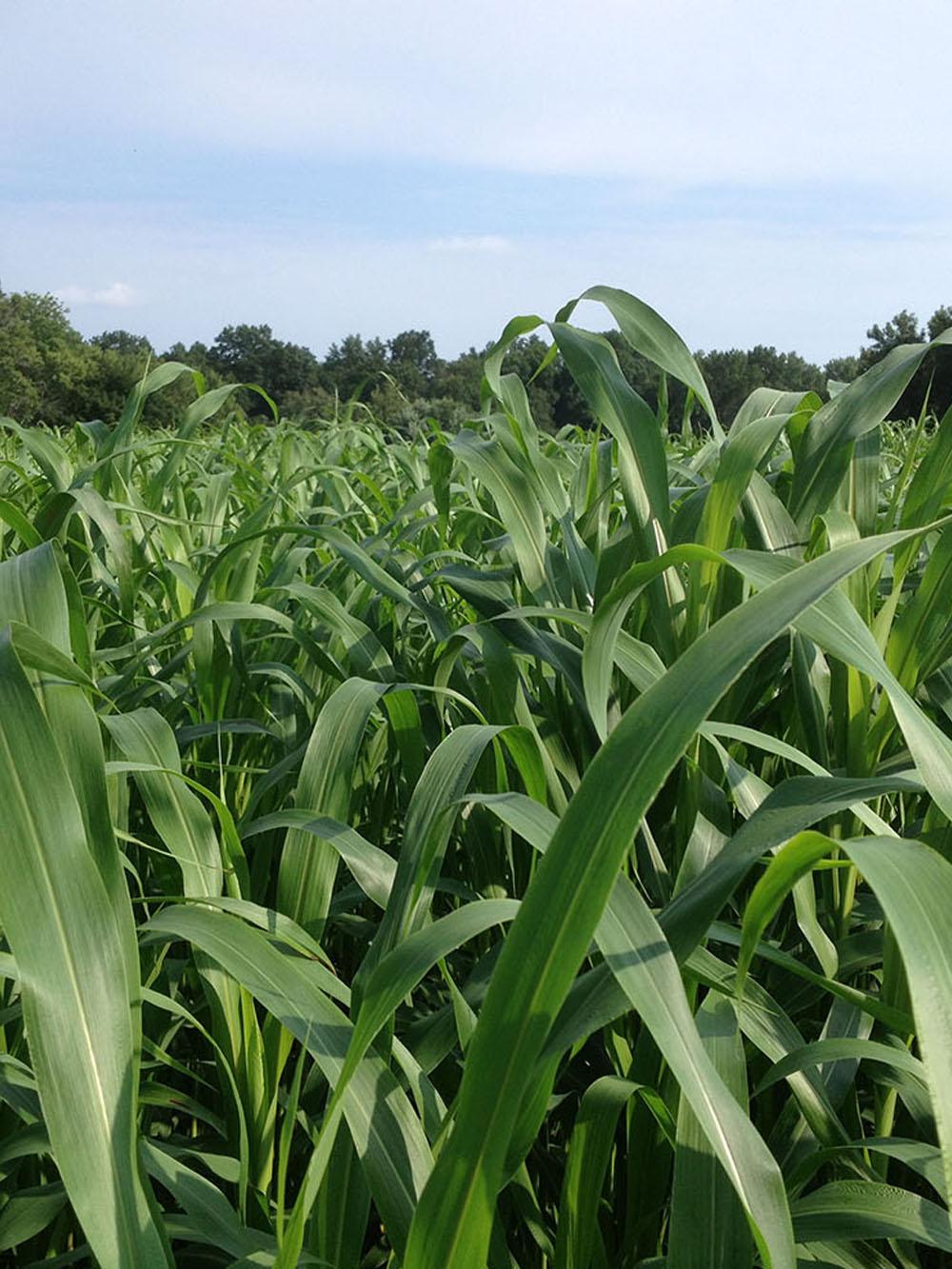
Balemore
Balemore Sudangrass is the premier summer annual choice for producers focused on dry hay production. Known for its robust emergence and rapid growth, this variety outpaces sorghum x sudangrass in both initial growth and regrowth, ensuring a reliable and plentiful harvest throughout the summer season. One of the key advantages of Balemore is its lower risk of prussic acid compared to traditional sorghum varieties, making it a safer option for livestock. Additionally, this sudangrass thrives in less-than-ideal soil conditions, tolerating poor fertility and low pH levels.
Key features
- Best summer annual option for dry hay production
- Strong emergence
- Quick regrowth
- Rapid growth & regrowth
- Lower prussic acid risk than sorghum
Segment
Forage
Species
Sudangrass
Approx. Seeds/Lb.
35000-40000
Seeding Rate - Alone/New (Lbs./Acre)
15-25
Planting Times
Spring, Summer
- Grazing: Begin at a height of 24 to 28 inches and stop at a height of 6 to 8 inches. Intensive rotational grazing works best and manages the fast growth of this species.
- Hay/Baleage: Wide swath each cutting to allow the crop to wilt rapidly until desired moisture is reached. Optimal moisture for dry hay is 15% to 20%. For baleage (wrapped bales), it is 50% (+ or - 10%).
- Silage/Haylage: Wide swath each cutting to allow the crop to wilt rapidly until desired moisture is reached. Optimal moisture for silage/pile storage is 68% to 72%.
- Recommended soil temperature of 60° F and climbing
- Seeds per pound range from 35,000 to 40,000 depending on varietal and production. Check the bag/seed tag or contact your Regional Sales Manager for seed size estimates.
- Depending on soil moisture, plant ½ inch deep on heavy (clay) soil and up to 1 inch on light (sandy) soil
- Follow recommended seeding rates for your area:
- Higher moisture areas: 25 to 35 lbs per acre
- High Plains (low moisture): 15 to 25 lbs per acre
- Please refer to the Forage First® Management Guide or a Regional Sales Manager for the most accurate seeding rates for your variety
- Can be no-tilled into the stubble of winter and spring crops
- Avoid Iron Chlorosis. If soil pH is above 7.5, do not plant. If above 7.2, Iron application may be necessary.
- Test your soil!
- For optimal growth and minimum risk of nitrate poisioning, ensure that 1 to 1.25 lbs of Nitrogen per day is available during the planned growth period
- Example: for a 40 day harvest, 40 to 50 lbs of Nitrogen should be available during the growth period
- Potassium levels should be maintained similar to that of corn
- First Cutting: Harvest within 40 days from emergence, or at less than 40 inches of growth
- Cutting Height: For optimal regrowth, crop should be harvested leaving 2 nodes or approximately 6 to 8 inches of plant material
- Use Sharp Blades: A clean cut will enhance re-growth
- Sudangrass dries relatively rapidly. For hay/baleage, achieve a rapid dry down using a wide swath.
- For silage, keep chop length uniform (around ½ inch)
- Quality levels, including NDFd and protein, will decline as harvest is delayed. Harvest during vegetative growth to maximize forage quality.
- For highest energy levels, harvest at the flag leaf stage. Sugar formation in the stalks and leaves is at its highest from this stage until grain formation.
- Do not harvest drought stricken plants within four days following a heavy rain
- Do not over-feed the crop Nitrogen, follow fertilization tips found above
- Do not apply Nitrogen prior to expected drought periods
- When in doubt, cut at a higher stubble height as nitrates tend to accumulate in the
- lower stalk
- If high Prussic Acid is found, wait one month prior to feeding. Unlike excessive nitrates, prussic acid will escape from the plant over time.
SUDANGRASS
USES:
SEEDING:
FERTILITY:
HARVEST:
AVOIDING NITRATE POISONING:
